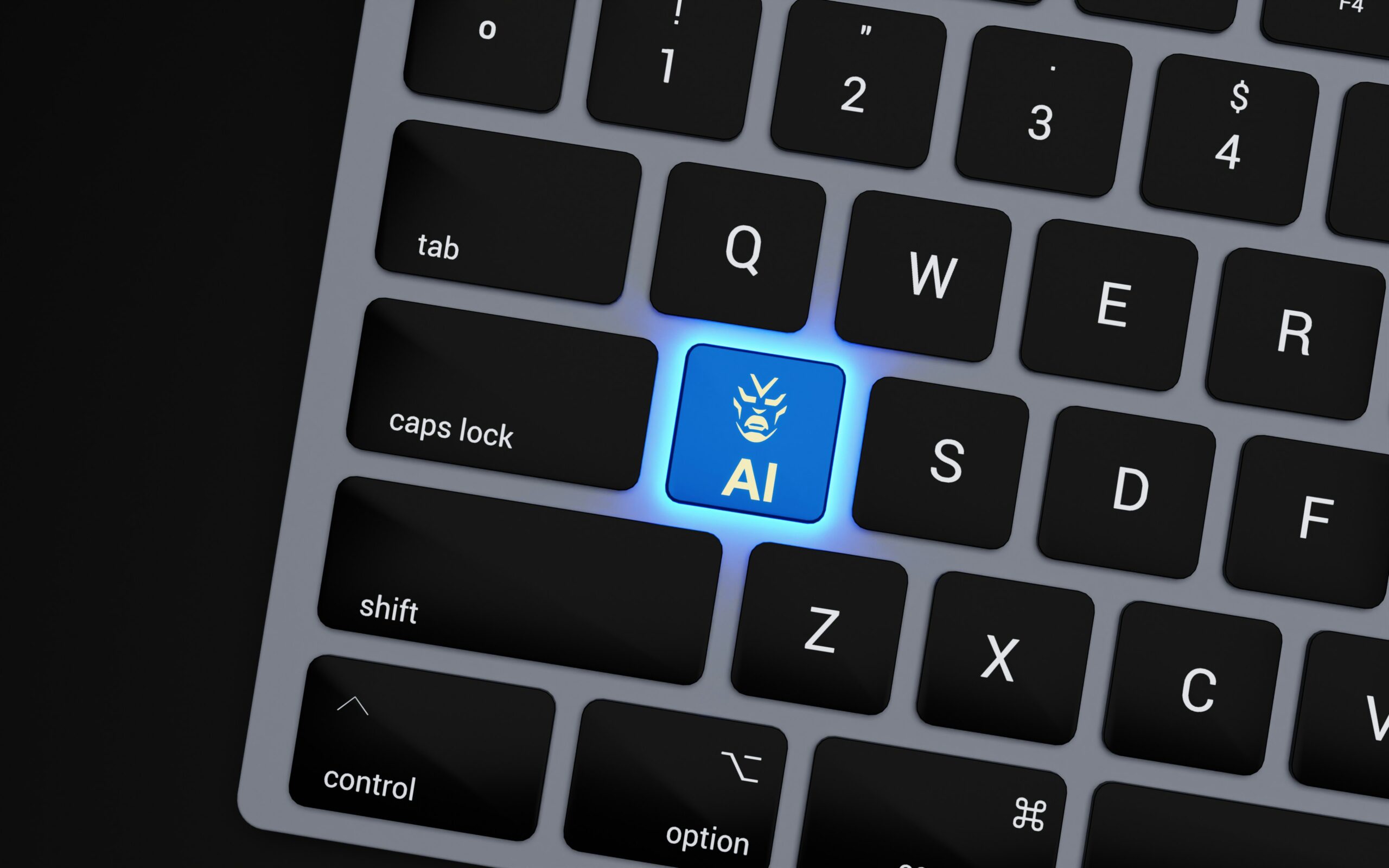Small businesses often struggle to leverage technology effectively. It can be a challenge just to survive, much less thrive. In many cases, they instinctively fall back on a reactive approach to IT challenges, rather than planning and acting proactively. That’s where an IT roadmap can help. It becomes a digital compass for organizations, a strategic document that provides alignment between technology needs, initiatives, and business goals.
An IT roadmap provides a vision of your business’s technology needs in the next 6, 12, and 24 months. This helps to prioritize needs and shape expenditures rather than blindly throwing money at technology. This is a critical step for small businesses with limited capital.
This article will explore why IT roadmapping is essential for business growth and how to build an effective one that aligns with long-term business goals.
What Is an IT Roadmap?
The IT roadmap is an outline for how technology will drive business objectives. It must include priorities and timelines, as well as system upgrades and cybersecurity plans.
An IT roadmap provides the following information:
- What technologies are we using now?
- What tools will we need in the future?
- When should we invest in upgrades?
- How do we improve our security posture?
- What’s our long-term digital strategy?
Without a roadmap, organizations often make piecemeal IT decisions. This leads to security vulnerabilities and inefficiency.
Why Small Businesses Need an IT Roadmap
Small businesses don’t have the luxuries larger companies do. Their margin for error is much smaller, and the impact of poor decisions is far greater than that of their larger counterparts. One way to maximize decision-making power is by following an IT roadmap. It helps scale IT expansion in a way that offers a supportive framework for business growth.
Aligned With Business Goals
IT investment stays aligned with the broader vision of the organization when following an IT roadmap. It also ensures everyone is on the same page regarding goals and expectations.
Reduce Downtime
Adopting an IT roadmap provides a proactive stance and offers lifecycle management for all systems. This reduces the chances of outages and security issues.
Improve Efficiency
Following an IT roadmap ensures improved productivity by replacing outdated systems and maintaining workflows.
Effective IT Roadmap
When creating an IT roadmap, it’s not merely listing projects and assets. It’s about creating a dynamic strategy, that evolves with the organization. Every roadmap should include the following:
Assessment
The first step is creating an assessment of all IT assets. This provides a good starting point to map out future IT improvements. Document the existing IT environment components:
- Hardware and software inventory
- Network infrastructure
- Cloud and on-premises services
- Security tools and vulnerabilities
- Pain points and bottlenecks
The completed baseline assessment provides a firm foundation to begin informed decision-making.
Business Goals and Strategic Objectives
Identify the company’s top goals over the next 1–3 years. For example:
- Expanding to a new market
- Hiring remote employees
- Increasing customer satisfaction
It is essential that the IT roadmap ties the initiatives to these objectives.
Technology Timelines
When creating your IT roadmap, it’s critical to provide detailed schedules to ensure seamless integration of projects. These might include details about:
- Cloud migrations
- CRM or ERP deployments
- Cybersecurity enhancements
- Website upgrades
- Improvements to data backup strategies
Budget Forecast
When organizations adopt a proactive approach to IT purchases, they eliminate hidden costs and avoid surprise overages. This enables more accurate budgeting forecasts for IT expenditures. This would include the following expenses:
- Hardware/software purchases
- Licensing and subscriptions
- Professional services and consulting
- Training and support
Roadmap Maintenance
A roadmap is not a one-and-done endeavor. It takes constant input and updating. A well-maintained roadmap ensures organizational goals remain in focus as IT expansion continues.
Collaborate
Organizations need to recognize that staff input from a variety of sources can improve the effectiveness of the roadmap. The document should reflect company-wide needs.
Able to Adapt
As new technology becomes available, it is important for organizations to update their IT roadmaps. This will ensure the organizations adapt to new challenges and take advantage of new opportunities.
Partner With Experts
Consider leveraging external experts for guidance and training opportunities. A phased approach remains the most effective way to achieve lasting impact and steady progress toward your organizational goals.
Here’s a Sample 12-Month IT Roadmap for Small Businesses:
Q1 Inititative: Cloud migration
Q1 Objective: Improve flexibility
Q2 Initiative: Implement MFA and improve endpoint security
Q2 Objective: Enhance cybersecurity
Q3 Initiative: Deploy new CRM system
Q3 Objective: Centralize customer interactions
Q4 Initiative: Staff training
Q4 Objective: Increase digital compliance
Roadmap to Success
Take the first step toward smarter IT decisions. Connect with our team today to create an IT roadmap that aligns technology with your business goals.
—
This Article has been Republished with Permission from The Technology Press.





